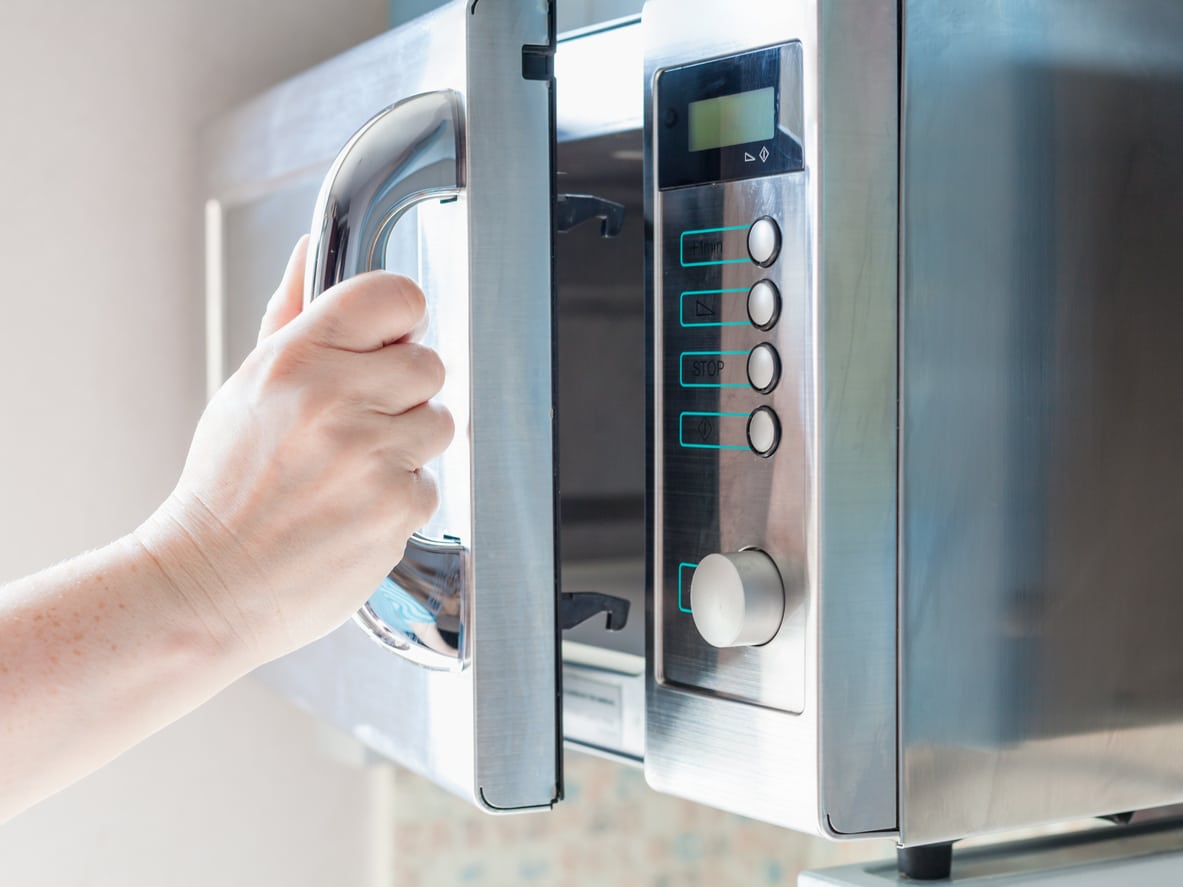Microwave Gardening Ideas – Learn About Using A Microwave In Gardening


Modern technology has an important place in agriculture and other garden practices, but have you ever considered using your microwave? Gardening with a microwave may seem odd, but the machine has several practical applications. Microwave heating may be an effective method of pest control but requires special equipment to translate it to the outdoors. However, sterilizing soil with a microwave or even drying herbs are just a couple of ways this kitchen appliance can help the gardener.
Using a Microwave in Gardening
There have been some studies, particularly on radishes, which suggest that seeds experiencing no more than 15 seconds of moist heating will germinate more rapidly than those without the treatment. This is not effective on all seeds and can actually kill the embryo within if done for too long at a high power. But other microwave gardening ideas have more practical benefits. We'll investigate a couple of the most useful ways of using a microwave in gardening.
Drying Herbs with a Microwave
Dehydrators are very effective when drying and storing herbs, as are racks, hanging and even a conventional oven. Herbs that tend to discolor and lose their flavor, such as cilantro and basil, can benefit from microwave drying. The process helps herbs retain their green color and flavor. Remove leaves from stems and wash them thoroughly. Spread them on a paper towel to dry. Place the leaves between two paper towels and microwave for 30 seconds. Check the herbs frequently, as each type will have a different drying time and you don't want to burn the leaves which will ruin the flavor. Drying herbs with a microwave more than halves the normal time needed to process most herbs.
Sterilizing Soil with a Microwave
Soil sterilization is one of the more interesting ways of using a microwave in gardening. Some soils have contaminants, such as fungi or disease. Weed seeds are often present in organic compost. In order to kill any of these potential issues, gardening with a microwave can be a quick, effective answer. Place soil in a microwave safe dish and mist is lightly. Microwave on full power for almost 2 minutes. If using a plastic bag, ensure the opening is not closed so steam can escape. Use a thermometer to check the temp on the center of the soil. The ideal target is 200 degrees Fahrenheit (93 C.). Continue to heat the soil in short increments until you reach this temperature. Allow soil to cool before using it with plants.
Heating Water for Plants
There is a much noted experiment on the internet regarding microwaved water and plants. The notion is that the water has changed in such a way as to adversely affect plant development. Scientific publications seem to debunk this. Microwaving can remove some contaminants such as bacteria and kill certain fungi. If applied (after it cools) to a plant, there should be no ill effects. In fact, it may help in certain situations, especially where conditions promote the formation of disease. Microwaving does not change the structure of water but it does change its energy from the application of heat. Once the water cools off, it is the same as the water that came from your tap, pump or even a bottle.
Gardening tips, videos, info and more delivered right to your inbox!
Sign up for the Gardening Know How newsletter today and receive a free copy of our e-book "How to Grow Delicious Tomatoes".

Bonnie Grant is a professional landscaper with a Certification in Urban Gardening. She has been gardening and writing for 15 years. A former professional chef, she has a passion for edible landscaping.